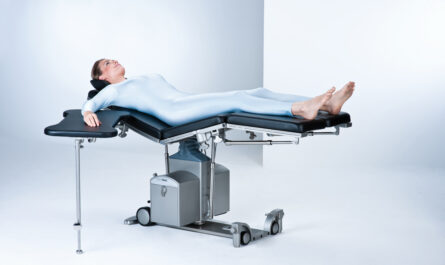What are Lidocaine Patches?
Lidocaine patches are a topical patch containing the numbing medication lidocaine. Lidocaine works by slowing down the movement of sodium ions through cell membranes, which prevents nerve cells from sending pain signals to the brain. Lidocaine patches work on the skin and just below to relieve pain in that localized area.
How Lidocaine Patches Work
Lidocaine patches work by delivering lidocaine continuously through the skin for up to 12 hours per application. Lidocaine is absorbed through the skin into the underlying tissues and blocks sodium channels in nerve cells. This prevents pain signals from being transmitted from the nerves to the spinal cord and brain. As lidocaine is released gradually from the patch over time, it numbs pain receptors in the applied area for several hours.
The Lidocaine concentration in the patches is usually around 5%. This concentration blocks pain signals without entering the bloodstream in high enough levels to have systemic effects. The patches selectively numb just the area of application, making them safer than oral pain relievers which circulate throughout the body.
Applications of Lidocaine Patches
Lidocaine patches are commonly prescribed to relieve various types of neuropathic and musculoskeletal pain:
Postherpetic Neuralgia: Postherpetic neuralgia (PHN) is a painful complication of shingles that causes burning, stabbing or electrical pain in the area where shingles lesions occurred. Lidocaine patches are often effective at relieving PHN pain.
Back Pain: Lidocaine patches can be helpful for relieving pain caused by back strains, lumbar radiculopathy (pinched nerve in the lower back), and other back issues. Applying the patch to the painful area of the lower back reduces sensations of pain.
Osteoarthritis: Millions of Americans suffer from osteoarthritis, a degenerative joint disease causing joint pain. Lidocaine patches are sometimes used to treat osteoarthritis pain in weight-bearing joints like knees and hips.
Other Uses: Lidocaine patches may also help manage other types of neuropathic and musculoskeletal pain such as painful diabetic neuropathy, fibromyalgia, carpal tunnel syndrome, tennis elbow and joint replacements.
Benefits of Lidocaine Patches
There are several key benefits of using lidocaine patches versus other pain relief options:
Targeted Pain Relief – As mentioned, lidocaine patches selectively numb just the applied area versus systemic options. This allow pain relief where it’s needed without sedation.
Long-Lasting Effects – One patch treats pain for up to 12 hours with each application versus short-lived oral medications. This provides all-day or long evening pain relief.
Less Systemic Side Effects – Since little lidocaine enters the bloodstream, there is very low risk of side effects like drowsiness compared to oral narcotics.
Non-Habit Forming – Lidocaine itself is not addictive like opioid narcotics, reducing risk of dependency or tolerance issues with long-term use.
Convenient Application – Self-application of lidocaine patches is simple, discrete and allows for mobility versus immobilizing creams or having to remember multiple daily pills.
Potential Drawbacks of Lidocaine Patches
While lidocaine patches provide many advantages, there are still some potential drawbacks:
Cost – Insurance may not always cover the cost of lidocaine patches, which can be pricier than generic oral medications.
Skin Reactions – Some individuals can develop mild skin reddening, itching or rash from sensitivity to the lidocaine or adhesive in the patch.
Improper Use – Not changing application sites or leaving a patch on too long can potentially increase lidocaine absorption and risk of minor side effects.
Combination Therapy Often Best
For many pain conditions, lidocaine patches often work best as part of a multi-modal treatment regimen involving medications, exercise, physical therapy, or alternative therapies. Combining a lidocaine patch with complementary oral pain relievers or creams allows each treatment to work synergistically with lower doses required. This multi-pronged approach provides optimal pain management benefits while minimizing risks from any single treatment method.
Lidocaine patches can be an effective localized pain relief option for various types of neuropathic and musculoskeletal pain. By targeting pain transmission selectively at the skin surface, lidocaine patches avoid systemic side effects and risks of addictive pain medications while still providing substantive hours of pain relief. As part of a comprehensive treatment plan, lidocaine patches present a low-risk strategy for managing many chronic and acute pain conditions.
*Note:
1. Source: Coherent Market Insights, Public sources, Desk research
2. We have leveraged AI tools to mine information and compile it



